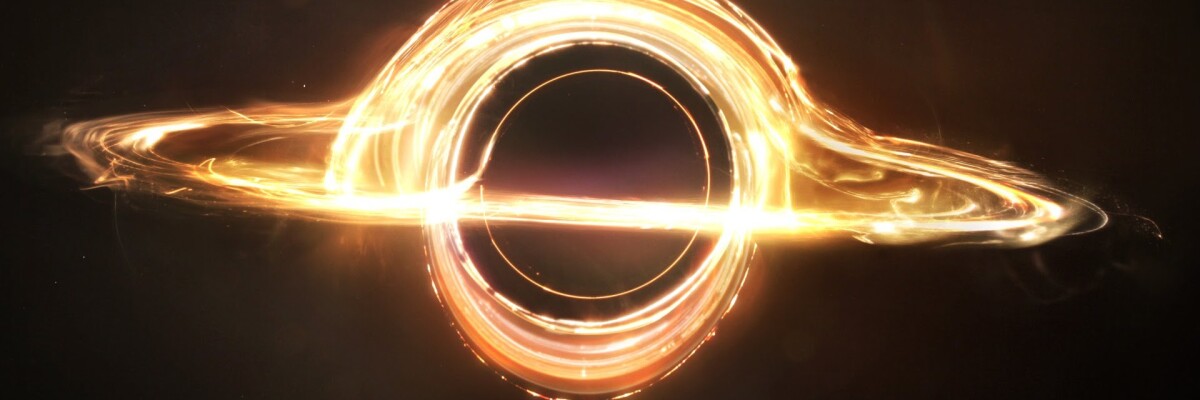Contemporary theory does not allow for the existence of black holes with this mass.
Scientists at the National Astronomical Observatory of China have discovered a new black hole with a record-breaking mass. Its mass is 69 times larger than that of the Sun.
In the past, scientific thought did not support the existence of massive black holes in our Galaxy. However, this new discovery is located near the Gemini constellation. The study was published in Nature magazine.
Astronomers divide all the potential black holes that might be located in the Milky Way and nearby galaxies into two classes. The first one includes supermassive black holes that have a mass of at least several million or billion Suns. For example, Sagittarius A* at the center of our Galaxy is one of the black holes in this class.
Black holes in the second class are comparable to the Sun in terms of mass and might only be 10-50 times larger. Contemporary models indicate that the stars that preceded these black holes were neither too small nor too large. Black holes cannot be formed from extremely small stars, and explosions caused by giant stars end up scattering matter across a large distance long before the singularity is formed.
The new discovery requires further development of the existing theory describing the formation of black holes. Observations of the LB-1 blue giant through a LAMOST telescope indicated the existence of an invisible satellite that had a gravitational impact on the space object. It turned out to be an unusual black hole with a mass that was 69 times larger than that of the Sun.
Share this with your friends!





Be the first to comment
Please log in to comment